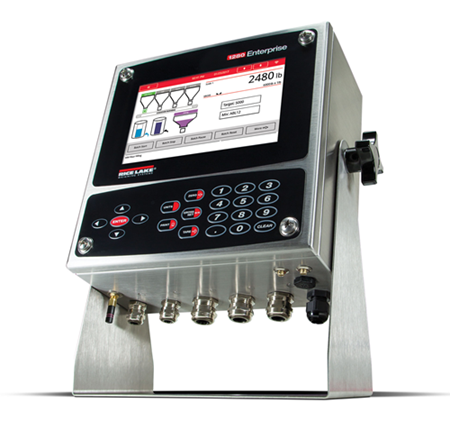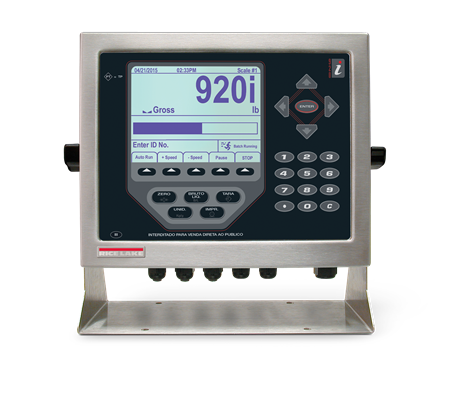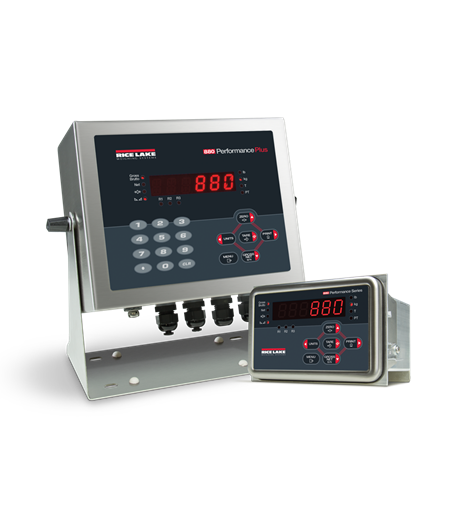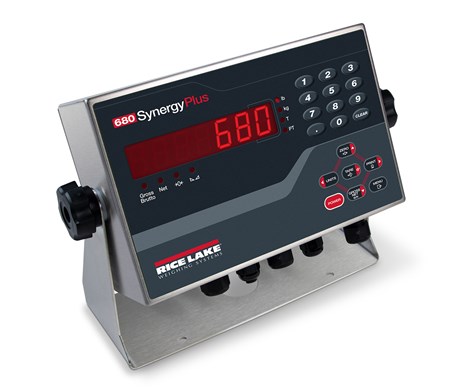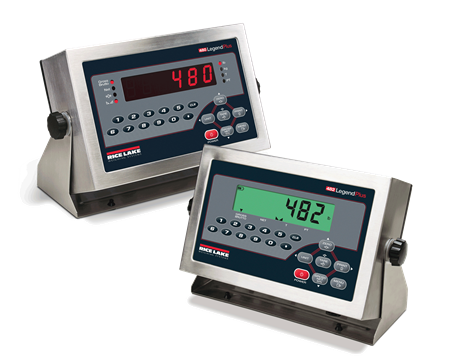Is the website displaying in the correct language? Please confirm or select a different language.
Your region has been set automatically. Please confirm or select a different region.
How to Create a Remote Scale System
A remote scale system allows users to access scale functions without having physical access to the primary or “local” indicator.
Remote Scale Systems
Historically, to create a remote scale system, a technician needed to add a second weight indicator to a scale and run the load cell signal to both indicators. Only one indicator supplied the scale with excitation; each unit was calibrated independently and operated as a separate system. To form a remote solution, a scale is paired with two digital weight indicators: a primary indicator, or “local” indicator, and a secondary “remote” indicator. The local weight indicator, connected to the scale, transmits a string of weight data to the remote weight indicator, which displays the weight with limited independence. This forms what is known as a remote or secondary scale.
Today, however, creating a remote scale system has never been easier, thanks to remote indicator capabilities such as web servers. A web server allows a local indicator to communicate scale data that can be read on a network, through a PC or a handheld device. Typically, weighing functions can be performed at these remote locations, just like at the local indicator. This technology allows scale technicians to remotely calibrate and troubleshoot scale applications, operators to monitor process status and managers to review operations without even leaving their office.
When weighing functions occur in more than one area, a remote scale can prove useful—in some cases, it may even be essential. Remote scales are ideal for environments such as a scale house and a front office, or a control room and a process floor.
Remote scales provide numerous benefits, including:
- Access to weight data from a distance
- Ability to perform scale functions without having physical access to the local indicator
Despite the advantages of remote scales, it is important to consider that some functionality may be limited. Before implementing a remote scale system, take note of the following:
- A key press on the remote indicator will initiate basic weighing functions like zero and tare, performed by the local indicator. Not all functions may be supported or initiated from the remote indicator to the local indicator, such as keyed tares or setpoint values.
- Printing at the remote location may or may not be supported by the remote indicator. Some remote indicators have printing capabilities, but others simply forward the command to the local indicator.
- When it comes to printing with remote indicators, consider whether a tare weight is included with the transmitted weight from the local indicator. Typically, only gross or net weight is transmitted to the remote indicator, so a ticket that shows gross, tare and net information may need to be printed by the local indicator.
- Databases are almost always resident in only the local indicator. Remotely accessing a database may be prevented for a number of reasons. If specific records are entered during the transaction, those will need to be entered at the local indicator.
Whether you opt to form a remote scale system using local/remote indicators or a webserver, remote scales can streamline your process and increase accessibility. Rice Lake Weighing Systems offers a variety of weighing solutions designed for remote access. Optimize efficiency in your process with a Rice Lake indicator/controller.



 My Account
My Account
